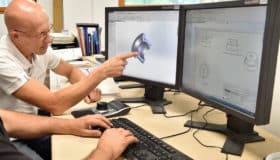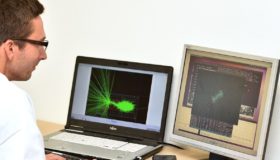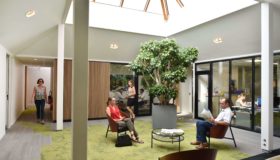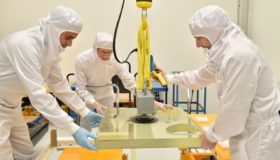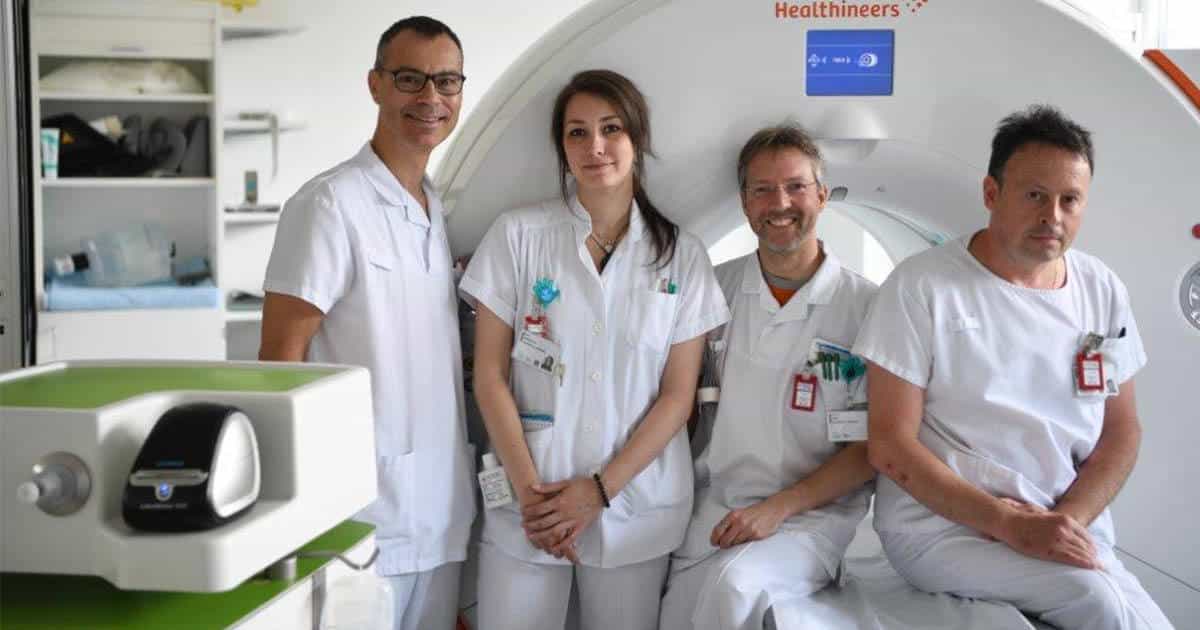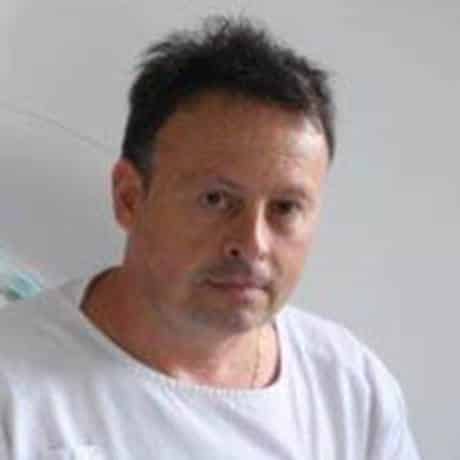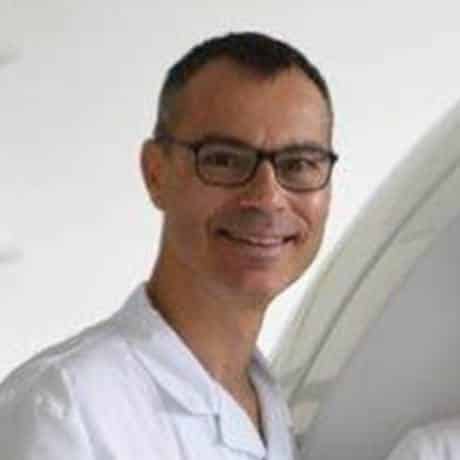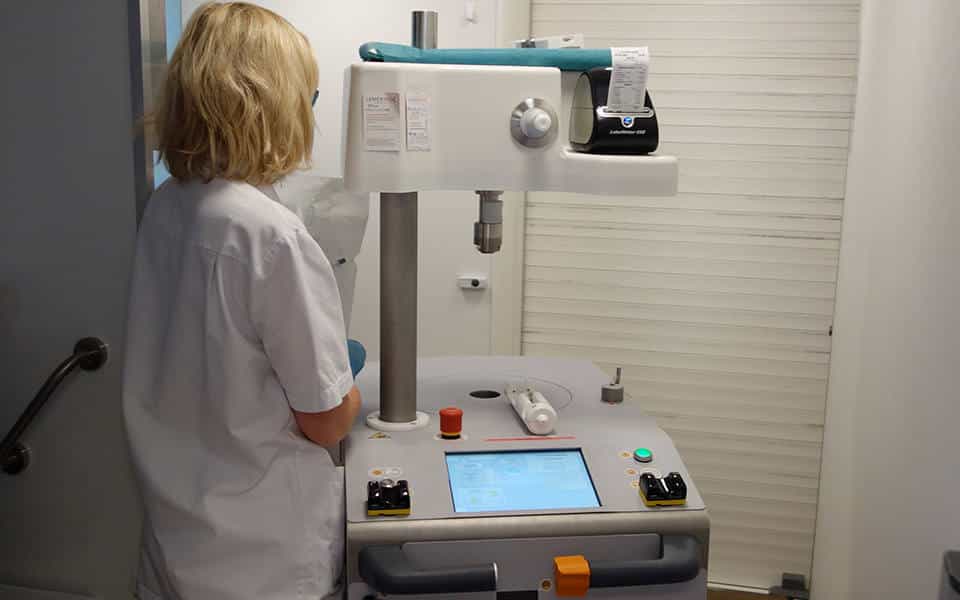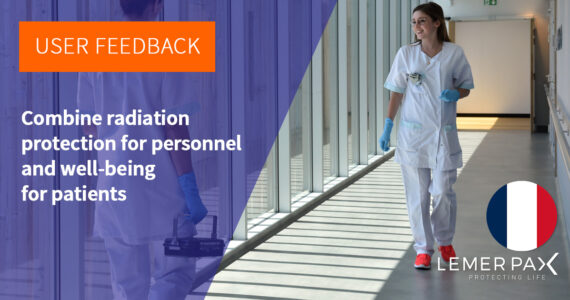Ensuring optimal conditions for radiation protection in a mobile medical imaging unit: the example of HUG in Switzerland
The challenge: performing mobile PET-CT tests in health and safety conditions identical to those in a hospital’s nuclear medicine ward
Around ten years ago already, the Geneva University Hospitals (Hôpitaux Universitaires de Genéve – HUG) trialled a mobile testing unit, which proved successful. When this mobile medical unit was introduced, the teams from the Geneva University Hospitals travelled for three days a week from town to town: from Sion to Yverdon-les-Bains in the Vaud canton, then up La Chaux-de-Fonds. At the time, the unit was designed differently. The teams would perform manual injections, wait an hour, carry out the test, then move on to the next patient. For this arrangement to last, the number of patients treated had to be increased, with a guarantee of aseptic, hygienic hospital conditions that were optimal on the microbiological front.
Now a new mobile medical imaging unit, capable of taking eight patients a day, is travelling along Switzerland’s roads. It features a PET-CT camera, a control room, and a room for metabolisation and automated injection, with a radiopharmaceuticals injector. The idea was to bring the examination room closer to patients and treat an increasing number of them.
